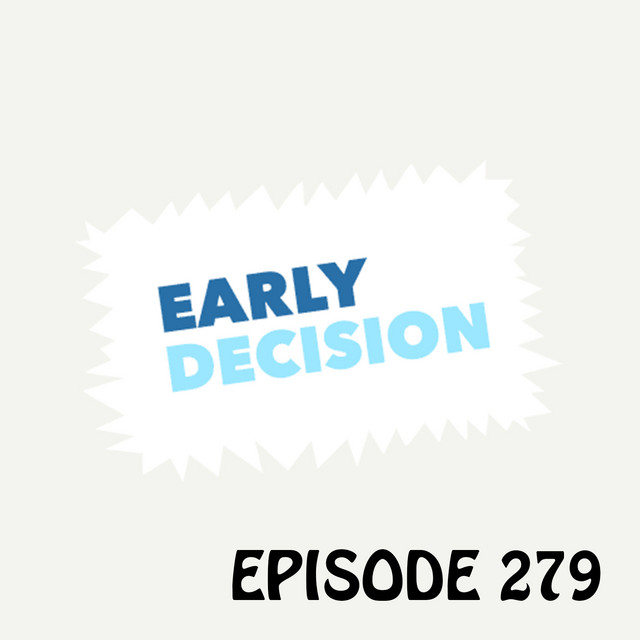Tools for Help with ADHD

Dr. Lisa Rouff shares trends in improving academic functioning for students with ADHD.
Students with ADD often struggle to efficiently complete homework and study for exams due to their difficulty concentrating on the material. This can cause a great deal of stress for both the student and their parents. In addition to the usual recommendations of taking medication, eliminating distractions, and scheduling breaks, a couple of new techniques have become popular on social media–brown noise and body doubling.
Brown Noise
Brown noise occurs when you play all the frequencies, especially the lower frequencies, that the human ear can hear simultaneously. Here is a sample of what brown noise sounds like.
For the past two months, Tik Tok has gone viral with the success stories that students with ADHD have had simply by playing brown noise while studying. Now, there are YouTube videos that play brown noise for eight to nine hours at a time, making it accessible to almost anyone at any time.
I was interested to hear about the use of brown noise in ADHD because I’ve been using it for years. It’s been my go-to sound blocker for sleeping at hotels, working in a noisy environment, or drowning out the sounds of crying babies on planes. I find it much more pleasant to listen to than white noise (and as a therapist, believe me, I’ve spent a lot of time with white noise machines over the last couple of decades). There is indeed some research that supports its usefulness. A recent study found that children were better able to recall words if they learned them while listening to brown noise. Other studies have shown that white noise has aided people in learning. However, the research is still in its infancy, especially with brown noise. The anecdotal evidence, however, is quite positive, with many students stating that it helps them concentrate in a way that nothing else has.
Göran Söderlund, a researcher at the Western Norway University of Applied Sciences, stated in The Washington Post that he thinks that brown noise goes beyond just masking other distracting sounds. Rather, it addresses the lower levels of dopamine that people with ADHD frequently experience. Through some mechanism, he believes that listening to brown noise mimics the effect of dopamine. Somehow, brown noise helps people with ADHD quiet their distracting thoughts and focus their attention in the same way that dopamine can.
Although the research on the effectiveness of brown noise for people with ADHD is currently limited, most scientists agree that it doesn’t hurt to give it a try. Brown noise is available on YouTube, in many apps, and with actual noise machines. It’s free, has few side effects, and may help attention and concentration.
Body Doubling
Body doubling occurs when a person completes a task in the presence of another person, for example, if two friends meet at the library and start working on their college essays. Body doubling can also occur virtually, where someone completes a task with the company of another person on video chat.
Some people with ADHD find that this technique is extremely helpful in terms of maintaining concentration and motivation. Although it hasn’t been studied scientifically, the theory goes that the presence of the other person brings the person with ADHD into the current moment, keeps them focused on the task, and makes whatever they are doing more fun by having company around. The increased enjoyment in the task could stimulate the production of dopamine, which is often low in people diagnosed with ADHD, and then increase concentration ability.
Social media has also extolled the virtue of body doubling among those with ADHD and other motivational issues. Apps (such as Flown) have been created to provide people with body doubles, in which they can be together virtually with other people trying to accomplish things at the same time. In addition, there are Instagram lives and other virtual connections where two people, who, let’s say, need to clean their kitchen, can schedule a time to do it virtually together.
When I learned about body doubling, I realized that I had been doing this for years with my daughter with ADHD, without ever knowing it had a name. I found that she was much more able to concentrate and complete her work if I kept her company at the same time. This has continued into college, and we set up facetime dates in which she writes her papers while I do my billing (things we both hate). I’ve also used this technique with great success with my college counseling clients who have ADHD. While they may have difficulty completing tasks assigned outside of coaching sessions, they can usually complete them quickly and successfully with someone else virtually hanging out with them.
Just as with brown noise, there is really no downside to trying out body doubling and seeing if it could help. Getting online with another student to do homework, even if working on different assignments, could be a useful experiment.
Do you have any experiences with brown noise or body doubling, good or bad, that you’d like to share so we can better understand these phenomena? Drop us a line or leave us a voice memo. We’d love to hear if these things worked for you or not!





